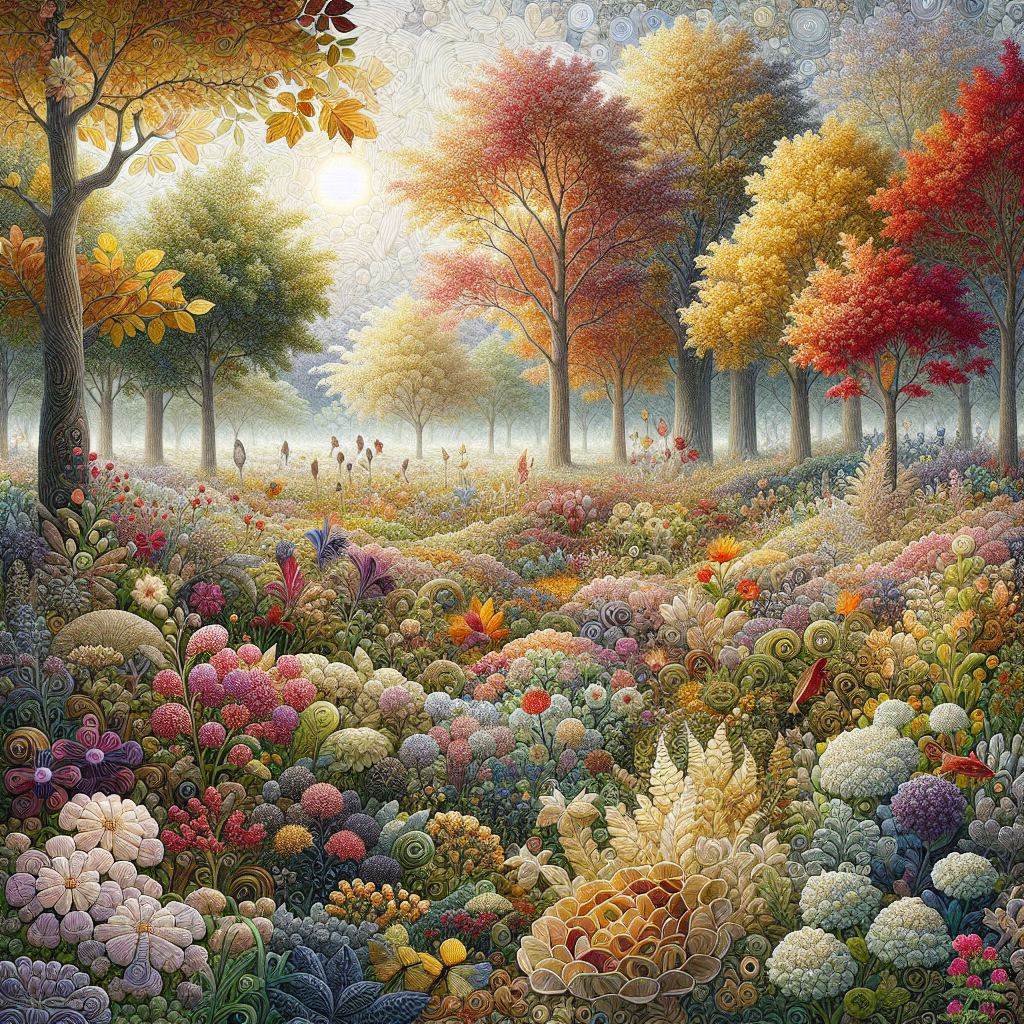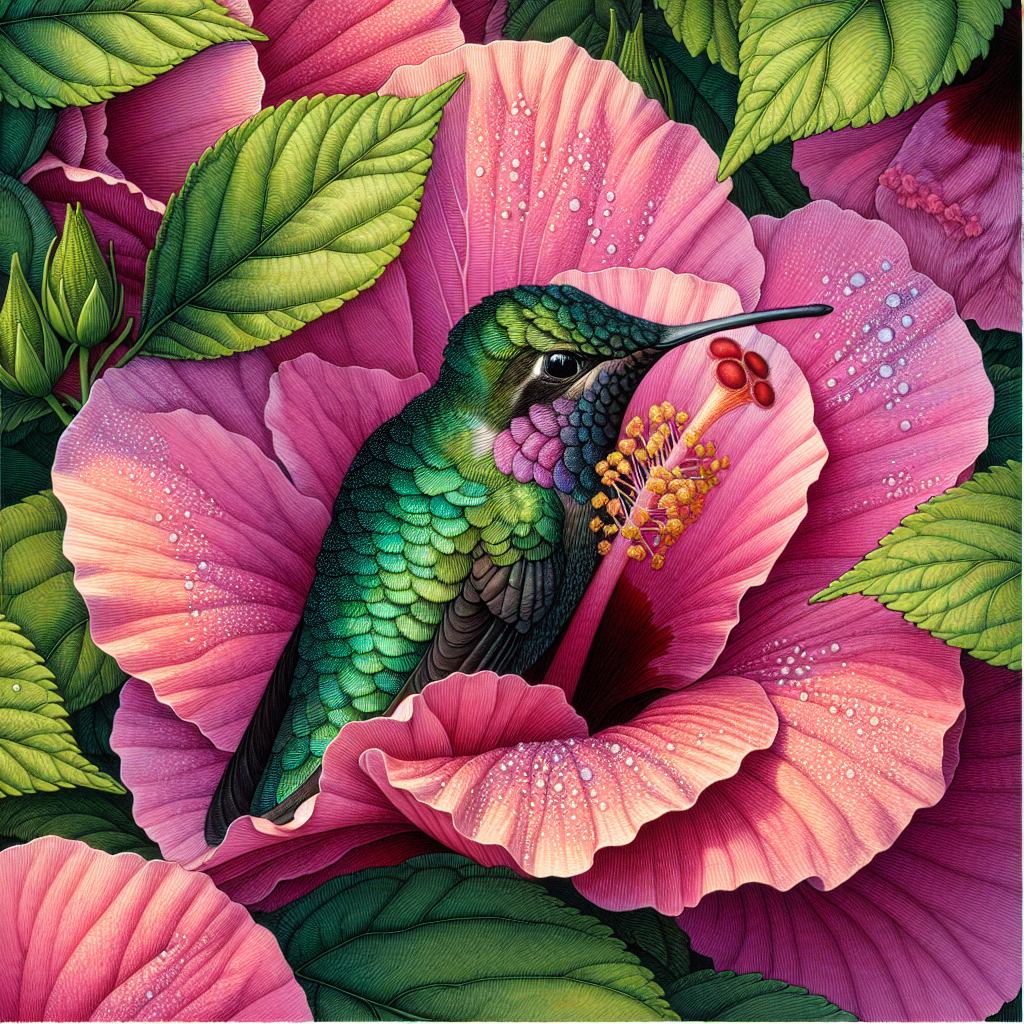With its endless array of colors, textures, and patterns, nature has always been a wellspring of inspiration for artists and artisans alike. For quilters, this is no exception. Drawing inspiration from the intricate designs of leaves, the vibrant hues of sunsets, or the geometric patterns of crystals and rocks, quilters can transform the beauty of the natural world into stunning quilt designs. By using color gradations to mimic natural phenomena or abstracting natural forms into geometric quilt blocks, quilters can capture the essence of a season and bring it to life through their creations. The possibilities are endless when it comes to drawing inspiration from nature, and the results are sure to be awe-inspiring.

Using Colors, Textures, and Patterns from Nature
Nature provides an abundant source of inspiration for quilters. From the intricate designs of leaves to the vibrant hues of sunsets, and the geometric patterns of crystals and rocks, there is no shortage of beauty to draw upon. By incorporating these elements into quilt designs, you can create unique and visually appealing pieces that capture the essence of the natural world.
Intricate designs of leaves
Leaves are nature’s own works of art, with each leaf displaying its own unique and intricate design. From the delicate veins that run through their surface to the various shapes and sizes, there is much to be inspired by. Quilters can take these designs and translate them into quilt patterns, creating visually stunning pieces that pay homage to the beauty of leaves. Whether it’s through appliqué, embroidery, or simply using leaf-inspired fabrics, incorporating leaf designs into quilts adds depth and intricacy to the final piece.
Vibrant hues of sunsets
Sunsets are known for their breathtaking colors, ranging from warm oranges and pinks to deep purples and blues. These vibrant hues can be translated into quilt designs by using fabrics in similar shades and creating color gradations. By mixing and matching different fabrics, you can recreate the stunning colors of a sunset and create a quilt that captures the warmth and beauty of this natural phenomenon. Additionally, incorporating sunset-inspired prints or patterns into the quilt design can further enhance the overall aesthetic.
Geometric patterns of crystals and rocks
Crystals and rocks are not only visually appealing but also offer a wealth of inspiration for quilters. The geometric patterns found in these natural formations can be replicated through the use of geometric quilt blocks. By playing with shapes, angles, and colors, you can create intricate quilt designs that mimic the patterns found in crystals and rocks. Whether it’s a simple quilt block or a more complex design, incorporating these natural elements adds a touch of sophistication and elegance to your quilt.
Translating Natural Elements into Quilt Patterns
Once you’ve drawn inspiration from nature, it’s time to translate those elements into quilt patterns. There are several approaches you can take to achieve this, from using color gradations to mimicking natural phenomena and abstracting natural forms into geometric quilt blocks.
Using color gradations
Color gradations are a great way to mimic the subtle changes in color that occur in nature. By starting with a single hue and gradually transitioning to another, you can create a quilt that evokes the changing colors of a sunset, the lush greens of leaves, or the shifting tones of a crystal. This technique can be achieved through the use of ombre fabrics, where the color gradually fades from light to dark, or through the strategic placement and blending of different fabrics. By carefully selecting and arranging the colors, you can create a quilt that is harmonious and visually captivating.
Mimicking natural phenomena
Natural phenomena, such as waves, clouds, or even the movement of leaves in the wind, can be interesting sources of inspiration for quilt designs. By studying the patterns and shapes created by these phenomena, you can recreate them in quilt form. Whether it’s through the use of curved quilt blocks to mimic the movement of water or incorporating organic shapes and motifs into the design, these elements add depth and visual interest to the quilt. By capturing the essence of these natural phenomena, you can create a quilt that tells a story and sparks the imagination.
Abstracting natural forms into geometric quilt blocks
For those who prefer a more modern and abstract approach, translating natural forms into geometric quilt blocks is a great option. By simplifying and breaking down the shapes and patterns found in nature, you can create bold and visually striking designs. Whether it’s a quilt block inspired by the angles and lines of a crystal or a pattern that abstracts the shapes of leaves or flowers, these designs bring a contemporary twist to traditional quilting. Through the use of bold colors and strong graphic elements, you can create a quilt that is both visually appealing and thought-provoking.

Capturing the Essence of Seasons in Quilt Designs
Seasons provide a wealth of inspiration for quilters, as they bring with them a multitude of colors, textures, and patterns. By capturing the essence of a season in a quilt design, you can create pieces that evoke the beauty and atmosphere of each time of year.
Blossoms of spring
Spring is a season known for its blossoming flowers and vibrant colors. To capture the essence of spring in a quilt design, consider using fabrics in soft pastel shades, such as pinks, purples, and greens. Incorporate floral prints or appliqué flowers onto the quilt to mimic the blossoming of spring. Additionally, consider incorporating elements such as butterflies or birds, as they are often associated with this season. By combining these elements with the techniques mentioned earlier, you can create a quilt that truly captures the beauty and freshness of spring.
Falling leaves of autumn
Autumn is a season of change, as leaves transition from vibrant greens to rich reds, oranges, and browns before falling from the trees. To capture the essence of autumn in a quilt design, focus on incorporating these colors into your fabric choices. Utilize fabrics with leaf-inspired prints or appliqué leaves onto the quilt to mimic the falling leaves. In terms of quilt blocks, consider using angular shapes or patterns that mimic the movement of leaves in the wind. By combining these elements with the techniques mentioned earlier, you can create a quilt that beautifully represents the warmth and nostalgia of autumn.
In conclusion, drawing inspiration from nature and incorporating its colors, textures, and patterns into quilt designs can result in stunning and unique pieces. Whether it’s through translating natural elements into quilt patterns, capturing the essence of seasons, or exploring different techniques, quilters have endless possibilities to create visually captivating and meaningful quilts. So take a walk in nature, observe its beauty, and let it guide you in your quilting journey. The results will be a testament to the eternal connection between art and the natural world.
